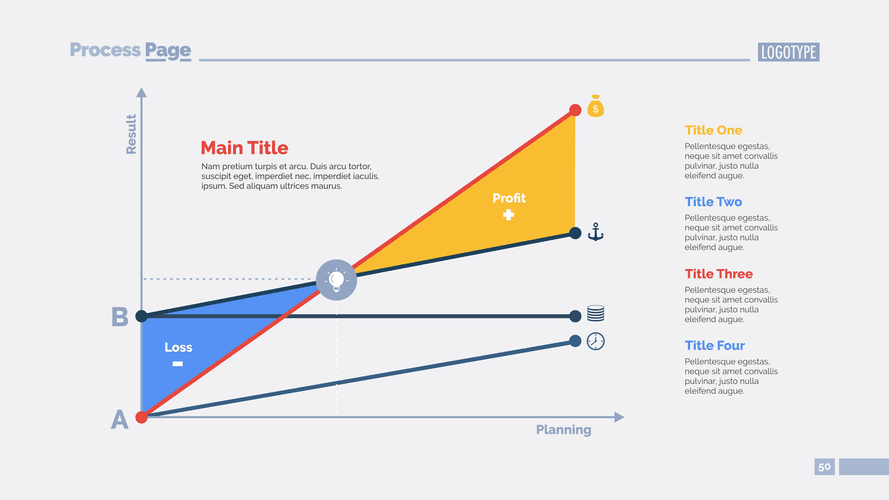
Authorized shares, which are also known as authorized capital or approved stock, are the maximum number of shares of stock that a company’s charter or articles of incorporation permit it to issue. The resulting number shows the total number of shares held by all market participants, including institutional average common shares outstanding investors, insiders, and the general public. Outstanding shares are a financial metric that indicates the total number of shares of a company’s stock held by its shareholders. The number of outstanding shares impacts a company’s liquidity and ability to buy back shares. Some shareholders own a significant portion of outstanding shares and have more control over the company’s decisions and outcomes.
What Country Produces the Most Corn and Its Economic Impact?
To add a transaction, select the date of the Bakery Accounting transaction (must be unique from all other transaction dates), select Increase or Decrease, and enter the number of shares transacted. A Data Record is a set of calculator entries that are stored in your web browser’s Local Storage. If a Data Record is currently selected in the “Data” tab, this line will list the name you gave to that data record.
- Floating shares are a key indicator of a company’s liquidity and market activity, as they show how easily shares can be bought and sold in the market.
- The Securities and Exchange Commission (SEC) mandates disclosure of buyback plans to prevent market manipulation.
- These actions include the issuance of new stock, stock dividends, and stock splits.
- For each interval, multiply the number of shares by the fraction of the period it represents, and sum these weighted segments to get the WASO.
- EPS takes on added significance when factoring in non-recurring items like asset sales or restructuring costs, which can skew net income.
- The weighted average provides a more precise reflection of the company’s share structure over time, taking into account not just the number of shares but also the duration they’ve been outstanding.
- Since the denominator is greater in the basic EPS, the diluted EPS is always less than the basic EPS from the higher share count.
How Stock Buybacks and Issuances Impact Shares Outstanding
Floating stock is calculated by taking outstanding shares and subtracting restricted shares. Restricted stock are shares that are owned by company insiders, employees and key shareholders that are under temporary restriction, and therefore cannot be traded. A company generally embarks on a reverse split or share consolidation to bring its share price into the minimum range necessary to satisfy exchange listing requirements. While the lower number of outstanding shares often hampers QuickBooks liquidity, it could also deter short sellers since it becomes more difficult to borrow shares for short sales. Let’s break down the concept of shares outstanding with some real-life examples. In the case of KLX Inc., the company had 5.0 million authorized common stock and 1.0 million authorized preferred stock, but only 3.5 million common stock and 0.7 million preferred stock were issued.

Calculator Title:

The Management’s Discussion and Analysis (MD&A) section often explains equity-related decisions, such as stock splits or repurchase programs, offering insight into the company’s strategy. For instance, a company might disclose repurchasing 1 million shares to enhance shareholder value, reducing outstanding shares from 50 million to 49 million. Since we now have the beginning and ending number of common shares outstanding, the next step is to calculate the weighted average shares outstanding.

- A company may have 100 million shares outstanding, but if 95 million of these shares are held by insiders and institutions, the float of only five million may constrain the stock’s liquidity.
- This distinction is critical for ensuring the accuracy of the EPS calculation, as it directly impacts the denominator in the equation.
- For example, a 10% stock dividend gives a shareholder with 100 shares an additional 10 shares.
- The final step involves synthesizing the data and adjustments into a single figure that reflects the company’s share dynamics over the reporting period.
- It reveals the number of shares outstanding and the factors influencing equity changes, such as new share issuances, buybacks, dividends, and retained profits or losses.
- Certain corporate actions, like stock splits, share issuances, or buybacks, necessitate adjustments in the WASO calculation.
- The reason is that these shares have been issued on the last day of the year and have not been outstanding during the year 2022.
There are also considerations to a company’s outstanding shares if they’re blue chips. The weighted average number of shares is determined by taking the number of outstanding shares and multiplying it by the percentage of the reporting period for which that number applies for each period. In other words, the formula takes the number of shares outstanding during each month weighted by the number of months that those shares were outstanding.

بدون دیدگاه